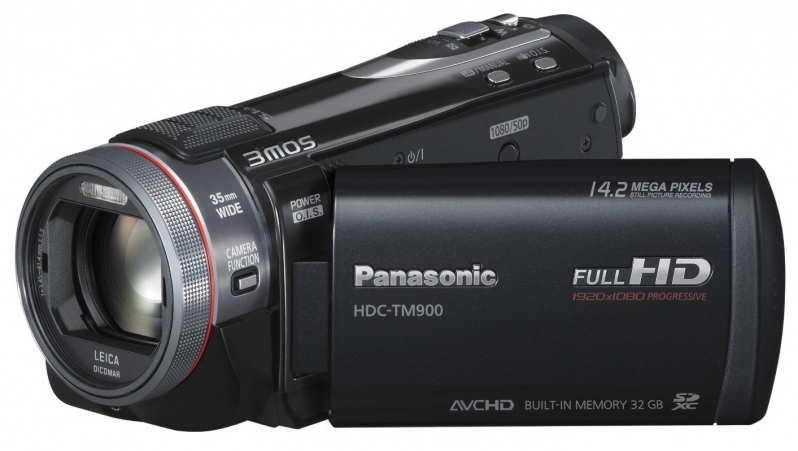I planned to make two entries about film-making, one about YouTube videos and the other about “fixing the photographer”. They do however link so closely that I decided to merge them.
The awakening
Having had video cameras since 1994 my filming was meant for the family. The technical quality of the recordings was partly a consequence of the camcorder’s quality in technical terms. I merely followed the flood of periodically updating to new technologies as they became available at a decent price. Look at this blog post.
Fixing the photographer
The quality of a recording is also about the ability of the photographer to shoot good video. Previously we had a notion of “good enough” as the videos were meant for the family. We certainly noticed how bad some videos were in this respect, and we continuously tried to upgrade our level of competence as well as upgrading the technology.
I began to work on my videos in 2011 with the objective of transforming them into YouTube videos for the convenience of a larger audience. I very soon realised that a lot of my raw material was simply not good enough.
The plain truth was that I had to do something to fix the photographer, in other words pay more attention to how I handled my camera.
I have no intention of even trying to offer you good advice. The web is full of good resources, and I even once joined a course to improve myself. Let me just plead you to do what I’m trying to do: Hold your camera as still as possible, let the people inside the picture frame do the movement. Do not make a panoramic swipe in the same speed as your eyes move, it is bound to fail.
Tip: Have a look at the Vimeo Video School.

This was my first video camera capable of HD quality recordings
Film editing
In my first 90-odd YouTube videos I used software that came bundled with one of my camcorders. It’s called Cyberlink PowerDirector. Later, when I upgraded to an HD camcorder that software was unable to read my HD files, so I switched to Windows MovieMaker.
I tried other programs as well, but none suited my needs. Both programs are very simple to use, and free. They both offer the opportunity to mix still and video photography, to trim video shots, to add transitions between the scenes, to add textual comments to what we see and hear, and finally to produce a file in a variety of types.
A word or two about YouTube videos
Words one and two
This is my YouTube channel. YouTube offers a fine way to spread your photographic material but they do have some odd limitations.
One is to only offer three choices of screenshots as thumbnail for your video. Why not leave it to the customer?
Another is the categories. I make travel videos but I only have the option of categorizing them as “Travel & Events” thereby virtually drowning them in the heap of all event videos. (Have a look at this Matador article.)
Word three
My third and heaviest concern is about the music, and I’m quite ambivalent about this one. A travel video from a particular place or country should in my opinion be accompanied by music from that place or country. That’s what I’ve been trying to do in more than a hundred videos so far.
The problem is to find a piece of music suitable for the video without infringing anyone’s rights. I mainly use folk music and classical music, quite often famous works as well. There’s frequently a content owner who has filed his claims with YouTube, which subsequently issues warnings to me as the uploader of the video.
Copyrighted material should be protected and content owners should have a legal right to pursue their interests. On the other hand my intention is not to spread illegally their legal content per se but to enhance the artistic idea I have about the uploaded work. In addition I have even attempted to use audio tracks to promote a particular, less known, artist or music genre.
Many of my videos are thus stamped “Matched third-party content” by Youtube. Some of my videos have even been “blocked in some countries”. Sadly all my videos from Germany are blocked in Germany thanks to the record company EMI.
In the most extreme case I found (after it had been live a long while) that a video had been blocked in 248 countries but was still available in two countries (South Sudan and Palestine). I felt forced to change my soundtrack on that particular video.
Round-up
I would be very happy if content owners lifted their sanctions on my videos and instead made YouTube publish their rights prominently on the film and on the video site. Relying on “Creative Commons” licensed material in some form, found on a dedicated website like Soundcloud is simply not good enough if you want to add fitting audio tracks to all your videos.
I may have more to say about this subject, and about this series of mine, but for now I rest my case (pen/keyboard).
Further reading
I am discussing the tremendous task of creating a digital collection of media in a series of articles.
- Taking care of your photographed memory (Introduction)
- Video photography: My journey through the history of camcorders
- Making old video available on a digital platform
- Working on digital video files
- The making of a digital photo collection
- The art of geotagging pictures
- Building a media archive of pictures and video clips
- Storing your media archive and keeping it safe
- YOU HAVE JUST READ THE LAST CHAPTER: Making YouTube videos from photos and video clips


